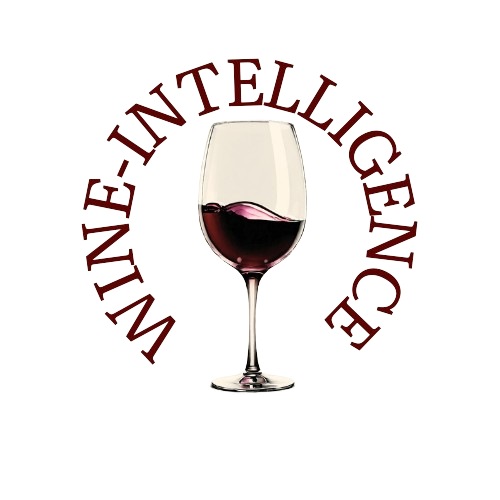The global wine industry faces an increasingly complex landscape, with consumption trends shifting and demographic changes posing new challenges.
According to the recently published Global Wine Trends Executive Summary 2024 by IWSR, wine volumes in key markets will continue to decline over the next few years. However, despite economic headwinds and moderation trends, opportunities remain for producers to engage younger, more adventurous consumers.
Declining Consumption and an Ageing Consumer Base
The primary challenge for the wine industry is declining consumption, particularly in mature markets. Richard Halstead, Chief Operating Officer of Consumer Insights and Custom Analytics at IWSR, highlights the difficulty of attracting younger legal drinking age (LDA) consumers in sufficient numbers. Older consumers remain loyal but tend to spend less and show lower engagement with the category.
Compounding the issue is a wider global trend of declining alcohol consumption, driven by financial concerns, changing social habits, and growing health consciousness. Data from IWSR indicates that in China alone, still wine volumes dropped by nearly 100 million cases between 2018 and 2023. Across the top ten global wine markets, 80-90% of consumers who have reduced their wine intake expect to maintain or further decrease their consumption levels.
Economic Pressures and Premiumization
Financial constraints are also reshaping the wine market. The decline in wine consumption has been most significant at lower price points, with global sales volumes of value-priced wine falling by 27% between 2021 and 2023. IWSR forecasts indicate that only premium-and-above price tiers will see growth between 2025 and 2027.
As consumers pay more for wine, they seek greater assurance regarding quality and authenticity. Purchasing decisions are increasingly influenced by recommendations, label information, and brand reputation. This shift presents an opportunity for wineries that can effectively communicate their story and unique selling points.
The Rise of the Millennial Consumer
While younger generations are entering the wine category at a slower rate, Millennials (aged late 20s to early 40s) are proving to be a valuable consumer segment. This group is more engaged with wine, enjoys experimenting with different varieties, and is willing to spend more on premium products.
IWSR research shows that Millennials frequent a broader range of retail channels, seek immersive experiences, and respond positively to brands that align with their values. This creates opportunities for wineries to engage through storytelling, wine clubs, pop-up events, and digital marketing.
Innovation and Sustainability as Growth Drivers
Despite the challenges, innovation remains a key growth avenue. The no-/low-alcohol wine category has seen significant expansion, with no-alcohol sparkling wine dominating the segment and low-alcohol still wine growing at a CAGR of +22% from 2018 to 2023. Projections indicate continued strong growth through 2028.
Additionally, organic, natural, and sustainable wines are gaining traction, particularly among younger consumers who prioritize environmental responsibility. However, Gen Z and Millennials are also highly aware of ‘greenwashing’ and favor brands where sustainability is a core part of their identity rather than an afterthought.
Future Outlook: Adapting to a Changing Market
While structural threats persist, there are clear pathways for wineries to thrive in the evolving marketplace. Engaging younger, high-spending consumers, embracing sustainable and no-/low-alcohol options, and leveraging premiumization trends will be critical. The wine industry must navigate these shifts by focusing on authenticity, storytelling, and innovative experiences that resonate with the next generation of wine drinkers.
Source: IWSR

